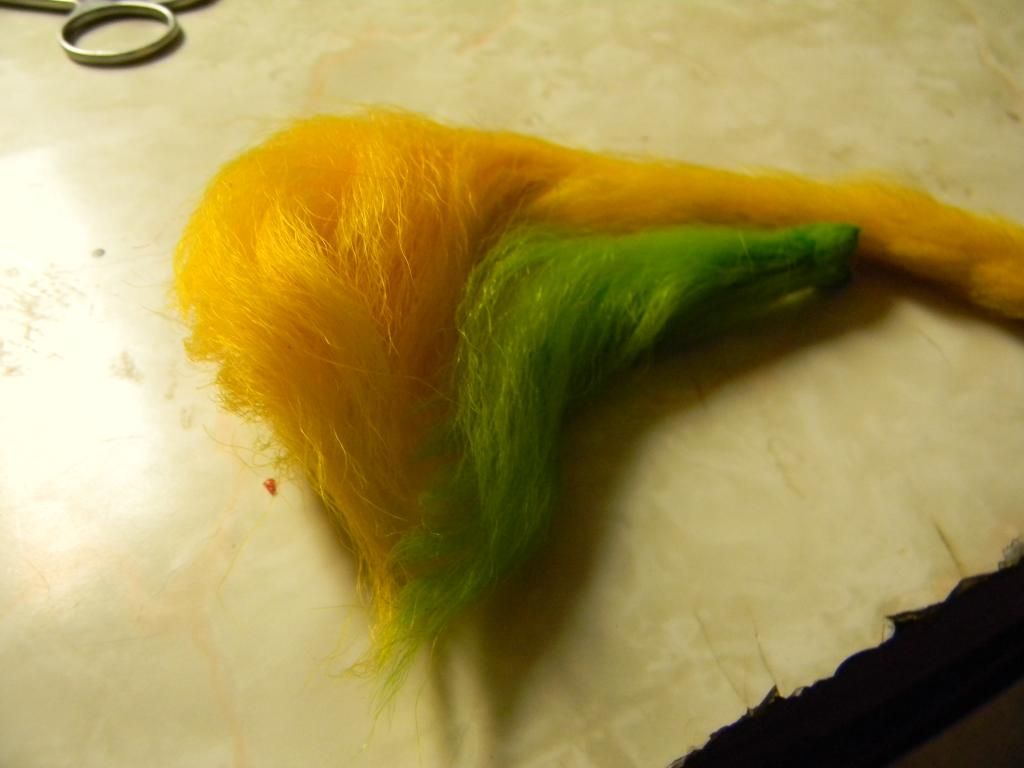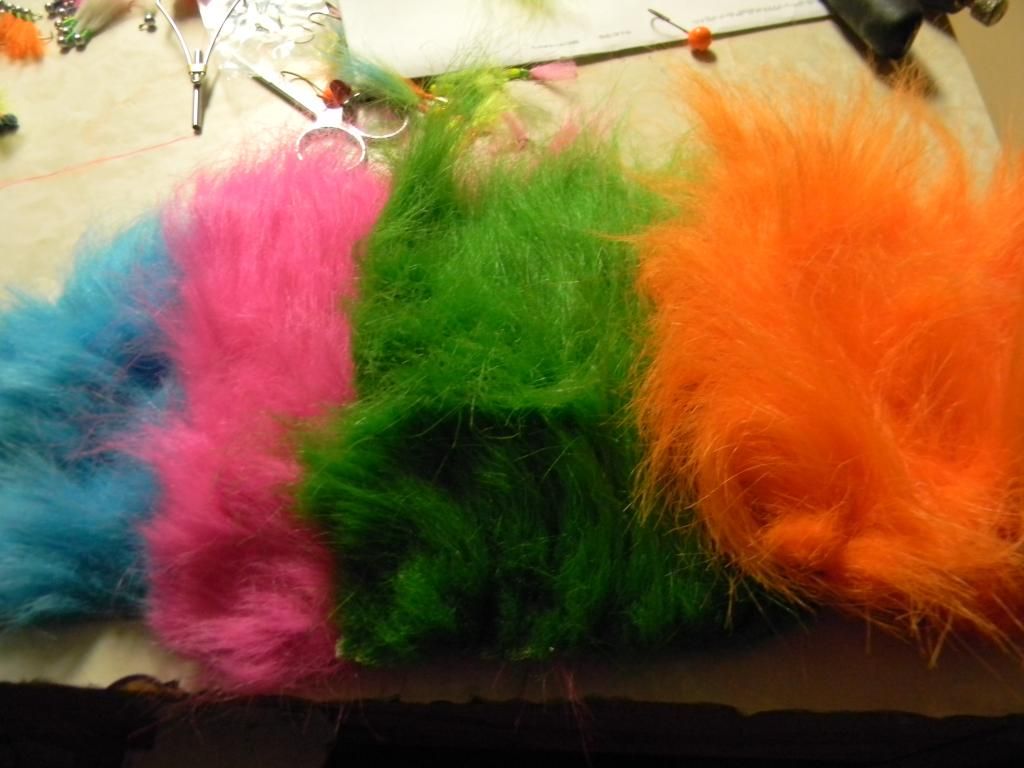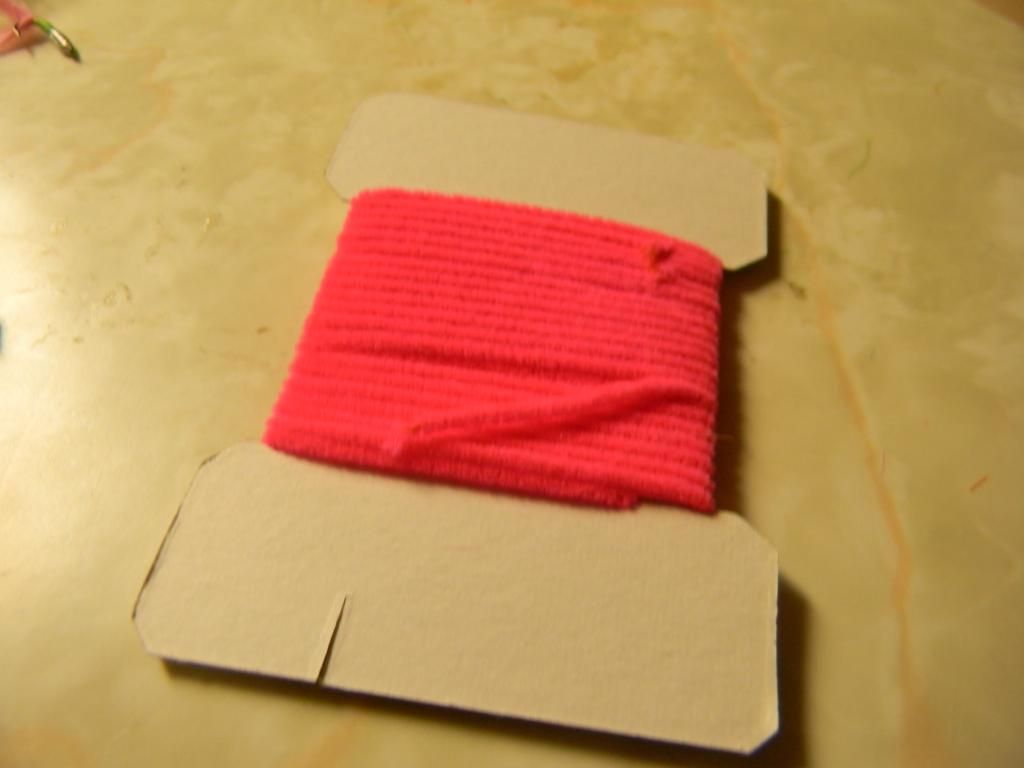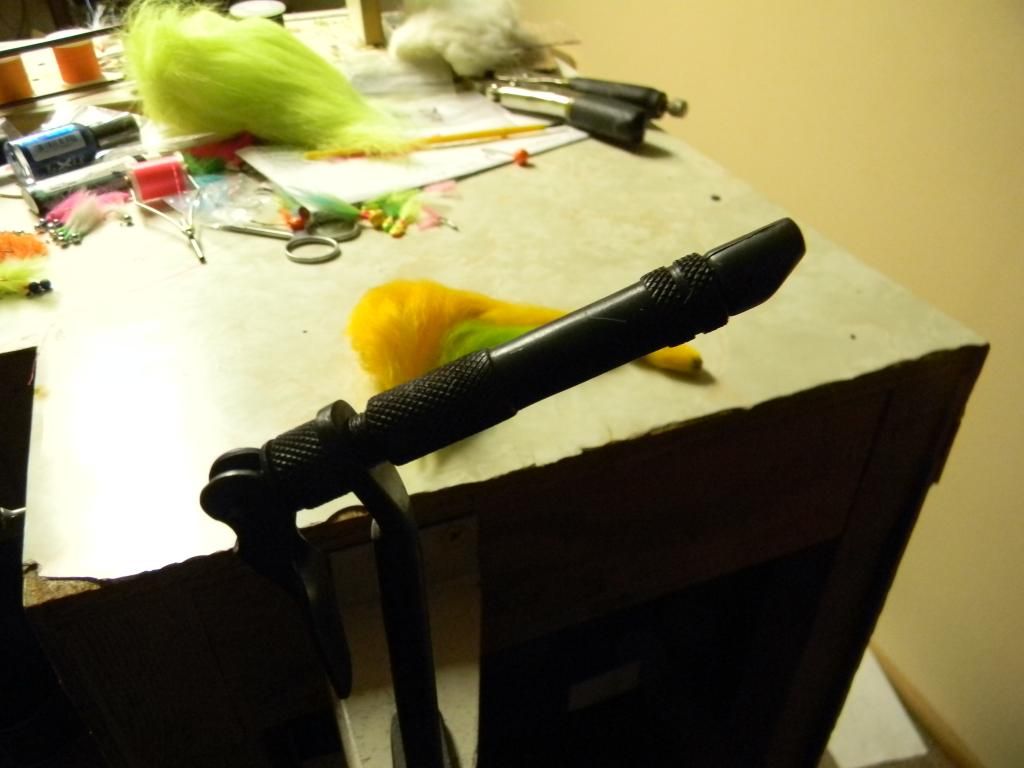Southern Style Slabs
By: Bob Bohland
They say
everything is bigger in the south, including the crappies. The tactics of
southern guides often go unnoticed or ignored by anglers in the north, mostly
due to the fact that northern crappie anglers are content to sort through small
fish as fast as they can catch them with small jigs, and don’t really want to
worry about ways that might catch them more and bigger fish. Little do they
know they are missing out on several sure-fire ways to catch some real monster
slabs, “I have caught some of my best crappie while using cranbaits” says
Oklahoma guide Barry Morrow
There are
actually two different ways to use crankbaits for crappies, pushing or pulling.
“Pulling crankbaits is using one or several poles
keeping them spaced apart and long lining 20 -60' or further behind your boat. Pushing
crankbaits is having poles in rod holders at the front of the boat,
usually four to eight poles. By adding weight in front of a swivel,
1.5, 2 or 3 oz., you can push the cranks in front of the boat. You simply
adjust the depth you want and weight you need to hold the cranks down and push
with your trolling motor” notes Morrow. Pulling cranks works better for clear
waters where fish can be spooked from the shadow of a boat, whereas pushing
works very well on stained waters and gives you much more control over how and
where you fish the baits.
While
the southern guides generally use rods longer than 10 feet, these can be hard
to come by in the midwest unless you order from a southern dealer or have a
custom rod builder make one up for you. Don’t let this deter you from using
rods you already have at your disposal, a 6 or 7 foot rod will work just fine
for fishing crankbaits for crappies, according to Morrow, “The key in your pole
is that the tip action is soft enough that it won't rip the bait out of the
fish on hook set and yet have enough back bone to control the fish.” The most
important thing when pushing or pulling cranks is your spacing, generally you
want at least 3 feet between baits to help prevent tangling when you get a
strike.
Crankbait
selection is also very important as you want to be able to know the exact depth
your bait is running at to maximize your fishing time. “When looking for crank
baits, I'm looking for a bait that will troll at the depth of 8' - 10' with 50
foot of line out. Like the Lindy # 5
Shadling,” adds Morrow. Also with the colors available for the Shadling, you
can match any bait the fish may be feeding on. Speed also plays an important
aspect in how Morrow fishes his crankbaits for big slabs, “I have found that 1
mph to 1.5 mph works best for pulling cranks.” So make sure you have a good GPS
unit to monitor your speed.
There
are several times that cranks will outshine almost any other bait presentation,
spring and fall are two great times as the fish are eating more at these times
of year and in transition from one area to another. “I would pull cranks when ever the fish are in a
transition stage from deep water to shallow flats or flats to deep water.” Says
Morrow about the best times, “This could be a spring to summer pattern or a
summer to fall pattern. Your looking for suspended fish or fish feeding
along channels or just off the channel on flats. I've also pulled cranks
along dropoffs where fish will be suspended in that 8' to 14' range.”
Next time you wanna boat a limit of
real slab crappies, don’t hesitate to take some info out of the playbook of a
southern guide who fishes slabs for a living. Crappies don’t behave differently
just because of how far north or south they are, guides like Morrow simply have
more time to perfect their skills chasing these big slabs, uninhibited by ice.
Where it is legal, fish more than one line while trolling cranks as Morrow
does, “You have more lines out and can have different colors to work with.”
Also don’t feel overwhelmed if the presentation doesn’t pay off for you right
away, there is lots of “trial and error” according to Morrow, but once you
learn this technique it will pay off by allowing you to catch the biggest and
most aggressive fish in a lake.
Barry
Morrow is a professional fisherman who guides on Lake Eufala in Oklahoma, he is
on the water over 210 days a year chasing slab crappies. He also tournament
fishes and has several top finishes in elite tournaments, for more info check
out his website at www.barrymro.com





